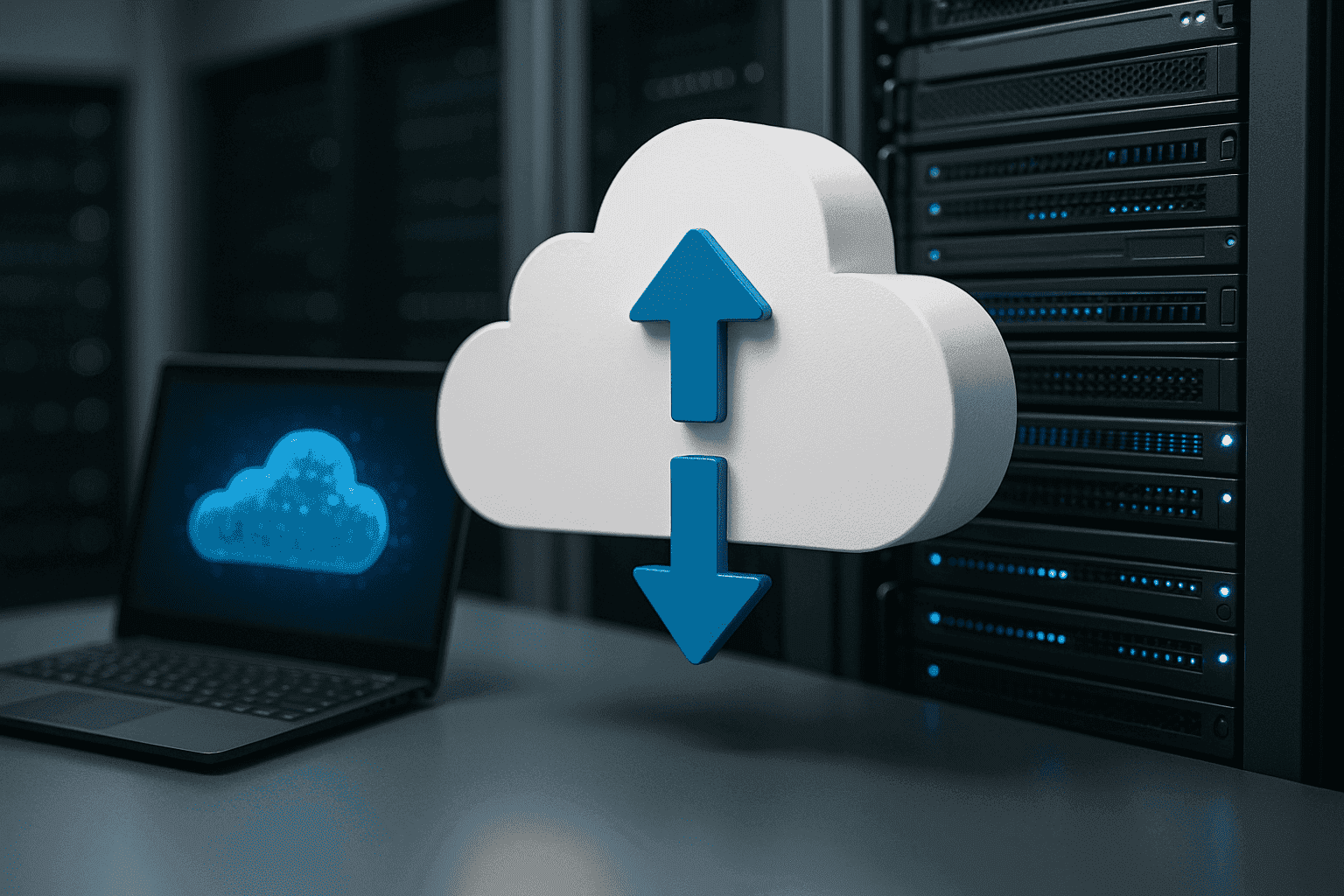🧠 What We Learned Along the Way
1. Cloud migration is not a weekend task
We initially assumed the migration would take a few days. In reality, It was more like a carefully orchestrated multi-week operation. Think database syncing, service rerouting, load balancer updates, and dry-run deployments — all while keeping production live.
2. Storage structure matters
Azure Blob and Digital Ocean Spaces might sound similar, but their APIs, access patterns, and cost models differ. We had to rewrite parts of our asset handling logic and set up caching differently.
3. DNS propagation will test your patience
We learned (again) that DNS changes don’t always behave predictably — especially when TTLs aren’t set correctly. Lesson: Always test with a subdomain first. Always.
4. Azure is powerful — but more complex
With power comes a steeper learning curve. Role assignments, service principals, resource groups — it took a few Terraform scripts and some coffee-fueled nights to get it all right.
5. Monitoring is a game-changer
Switching to Azure Monitor and integrating logs across docker containers, databases, and app services gave us a unified view of our infrastructure. We now catch issues before they turn into alerts.
💡 Our Migration Checklist
Here’s what helped us succeed:
• ✅ Set up infrastructure in Azure before moving traffic.
• ✅ Ran parallel environments to compare performance.
• ✅ Created rollback plans for each component.
• ✅ Used CI/CD pipelines for deployment consistency.
• ✅ Synced Redis and DB backups across both environments before switching
• ✅ Did final cutover during low-traffic hours.
Migrating from DigitalOcean to Azure wasn’t just about swapping platforms — it forced us to rethink our infrastructure from the ground up. It also gave us the chance to automate more, improve our CI/CD pipelines, and future-proof our DevOps practices.
Share via:



